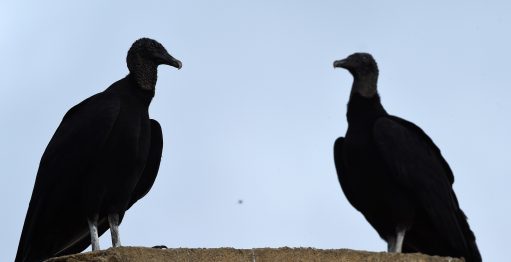

(1997) carried out the first global assessment of the value of pollination (US$117 billion). According to the Food and Agricultural Organization (FAO) data, 33% of human food depends to some degree on cultivated species, which are most frequently pollinated by bees ( Klein et al. 2016) and to the maintenance of biocultural values ( Hill et al. 2018) and its utility for sustainable agriculture ( Garibaldi et al.

Pollination has been extensively studied because of its importance as nature’s contribution to people (NCP) ( Díaz et al. 2011), especially in tropical habitats, where a large number of angiosperms and a wide diversity of pollinators with specific pollination mechanisms are found ( Machado and Lopes 2008). Most plant species require animal pollination for fruit and seed production ( Ollerton et al. However, many of the plants used by indigenous peoples and local communities in the Amazon are still poorly understood regarding their basic biology and their contribution to human well-being ( Clement et al.
#URUBU BELEM MANUAL#
These plant species are important to the subsistence of traditional populations, which is largely based on nature-based systems characterized by small production and manual collection of food ( Pinton and Emperaire 2004). It was proposed that near 220 edible fruit-bearing plants are found only in the Amazon, corresponding to almost 50% of all fruits listed to Brazil (roughly 500 species) ( Giacometti 1993).

Knowledge about pollinators is an important step to help on preserving their ecosystem services and maintaining the productivity of fruit trees in the Amazon.įood production, ecosystem service, bee, traditional community, sustainabilityīrazil holds the largest area covered by tropical forests in the world, and these forests are predominantly in the Amazon biome, which is home to 7,000 to 16,000 species of trees ( Gomes et al. We also found 238 pollinator/visitor taxa quoted for 52 (28%) plant species in previous publications, with 124 taxa belonging to Apidae family (bees 52%), mainly from Meliponini tribe (58 taxa 47%). The syndromes most frequently found among the analyzed species were melittophily (bee pollination), which was found in 101 of the analyzed plant species (54%) and cantharophily (beetle pollination 26 species 14%). The pollination syndrome was determined for 161 species. The list of plant species was determined from two specialized publications on Amazon fruit plants, totaling 188 species. For this, we adopted a threefold strategy: we built a list of edible plant species, determined the pollination syndrome of each species, and performed a review on the scientific literature searching for their pollinator/visitors.

Our study aims to indicate the main pollinators of edible plants (mainly fruits) of the Amazon forest. However, there are many important knowledge gaps related to floral biology and pollination in megadiverse tropical rainforests, such as the Amazon Forest, due mainly to the high number of plant species. Understanding the most important pollinators related to fruit and seed production of these plants is a necessary step to protect their pollination service and assure the food security of these communities. Edible fruit plants of tropical forests are important for the subsistence of traditional communities.


 0 kommentar(er)
0 kommentar(er)
